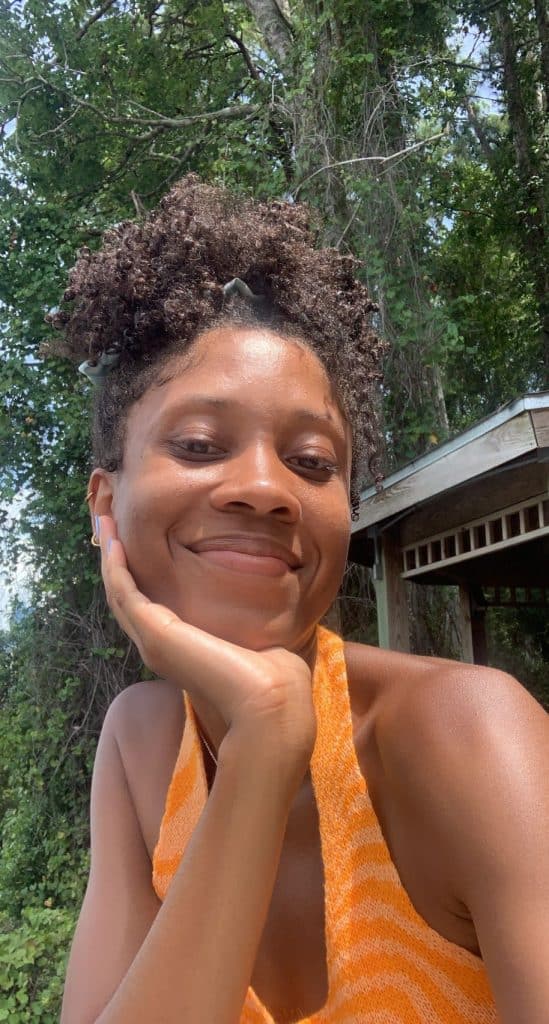Sparking Scientific Curiosity Through Relevance
One of the problems with STEM education in the United States is its accessibility. Specifically, the inaccessibility gap between students from well-resourced schools and those without. Having AP course offerings, funding for lab materials, access to structured readiness programs, and even something as simple as an Algebra II class can make a massive difference in whether or not a high school student decides to pursue a STEM major in college. People pursue STEM either because they’re passionate about the content or they pursue it because they already feel confident in their ability to tackle the rigor. Both rural and urban communities have the most ‘STEM deserts,’ and if we want science and STEM to be more accessible, teachers need to be creative and find ways to make the curriculum more relevant so that students feel so passionate about the content they want to pursue it as a career.
There’s growing consensus that STEM curriculum (or any curriculum) must be relevant and culturally responsive. In response to that need, we’ve seen articles, theories, and talks about what it means to be a culturally responsive teacher and how to adopt culturally relevant pedagogy into classrooms, but it’s not easy to implement. When we do the work to become culturally relevant teachers, we create students that value the educational learning place, create positive associations with assessments, and have the skills to tackle the challenges that life will throw at them.
One of my most powerful experiences with culturally relevant pedagogy was as a first-year teacher in Yap, Micronesia. I was in the middle of this island, in a jungle, less than two miles from the ocean in all directions, and teaching Earth science, biology, and physics. I had free reign in my curriculum and was able to teach my students the content they needed to enter U.S. colleges through learning about their island. In biology class, we stepped outside and explored the plant life in the jungle and explored the reasons why pumpkins and watermelons grow great on islands but not in other areas because of soil composition. In physics class, we used math to learn about light refraction in rainbows during rainy season. In Earth science class, we found fossils (animal imprints) on the beach and learned about how they were formed. In that graduating class, at least a third of those 20 students went on to pursue STEM majors in college or career, but of the two graduating classes and 160+ students that I’ve taught here in Brooklyn, NY, I can count the number of students who pursued STEM majors and careers on less than two hands.
In this past year, I’ve been more intentional about teaching students about their environment. I have been looking for versions of the jungle in the city. At the beginning of this school year, I noticed the sun shining in the courtyard in the middle of the building. At the time, I was thinking about ways to make ecology more relatable to my students when the curriculum taught about coral reefs, and some of my students have never seen an ocean. There were flowers in the courtyard that were maintained by the public school, large trees with bright green leaves, and a koi pond filled with pretty active fish.
I knew that I didn’t have the ability to bring my students to the ocean, but I could bring them out to nature and learn about an environment close to home. I still ended up teaching the lesson about coral reefs and integrated information about fish while my students watched the interactions in the koi pond. I brought my SCUBA gear with me and had some of my students try on all of my gear (flippers included) and watched them smile and hilariously fight to get a picture of themselves playing the part of a marine biologist. It was neither a perfect lesson nor was the courtyard setting directly aligned with the goals of the lesson, but my students had fun, and they made connections between the content and their community. I had managed to find a jungle in the city. The lesson invigorated a curiosity they lacked when they came to me. It was only through their curiosity that the content became more accessible and relevant.
Making STEM more accessible is not an easy task, and it doesn’t have a simple answer. However, when teaching STEM in areas where resources and funding are lacking, the pathway to accessibility is routed through curiosity, as curiosity breeds passion. When you allow students to make connections between what they’re learning and their own environment, you then make the content culturally relevant. For teachers in urban areas like me, we have to find jungles in the city so that students can both connect to what they’re learning and connect it to their environment. Only then does it begin to get more accessible.

My name is Shannon Richardson and I’m a current high school Biology teacher working in East New York and living in Brooklyn. I’m in my 6th year as a teacher and 5th year teaching in the U.S. I grew up in a Philadelphia, PA suburb, and went to college at the University of Scranton to study Biology, the Marine Sciences, and Language. I graduated in 2017 with a bachelor’s in biology and spent a year in Yap, Micronesia as a volunteer teacher, teaching Earth Science, Biology, and Physics. Prior to becoming a Biology teacher and science department chair at my current school, I got my Masters of secondary education from the Relay Graduate School of Education.

Editor’s Note: If you enjoyed this article, please become a Patreon supporter by clicking here.





